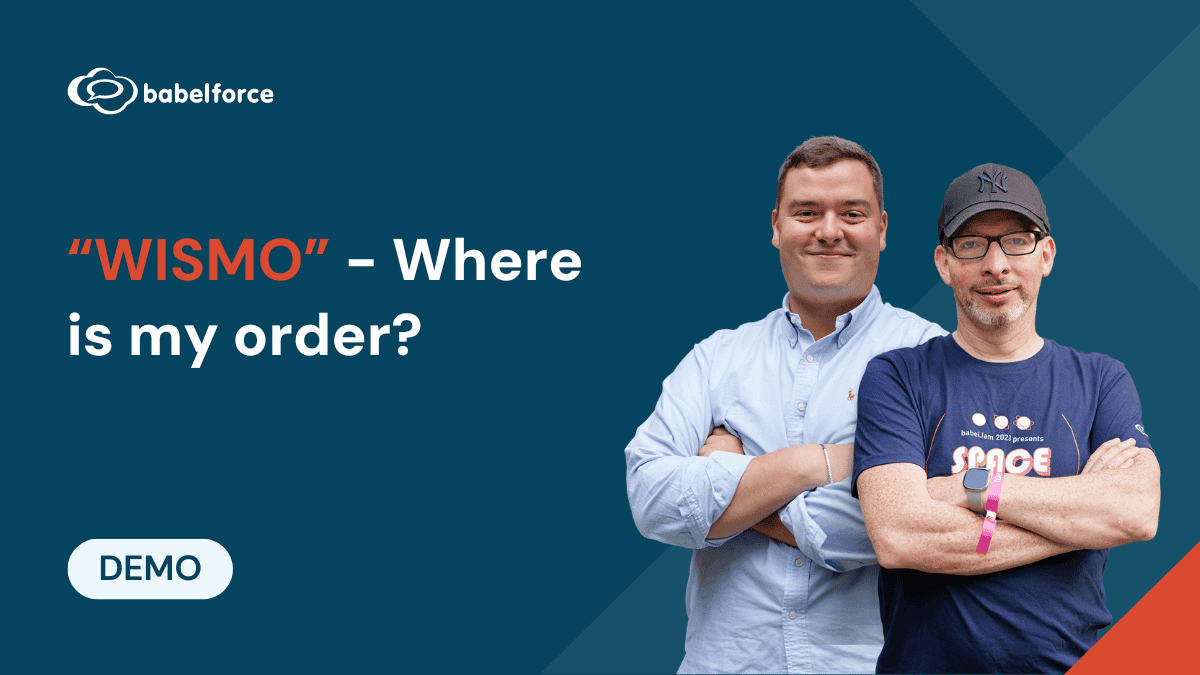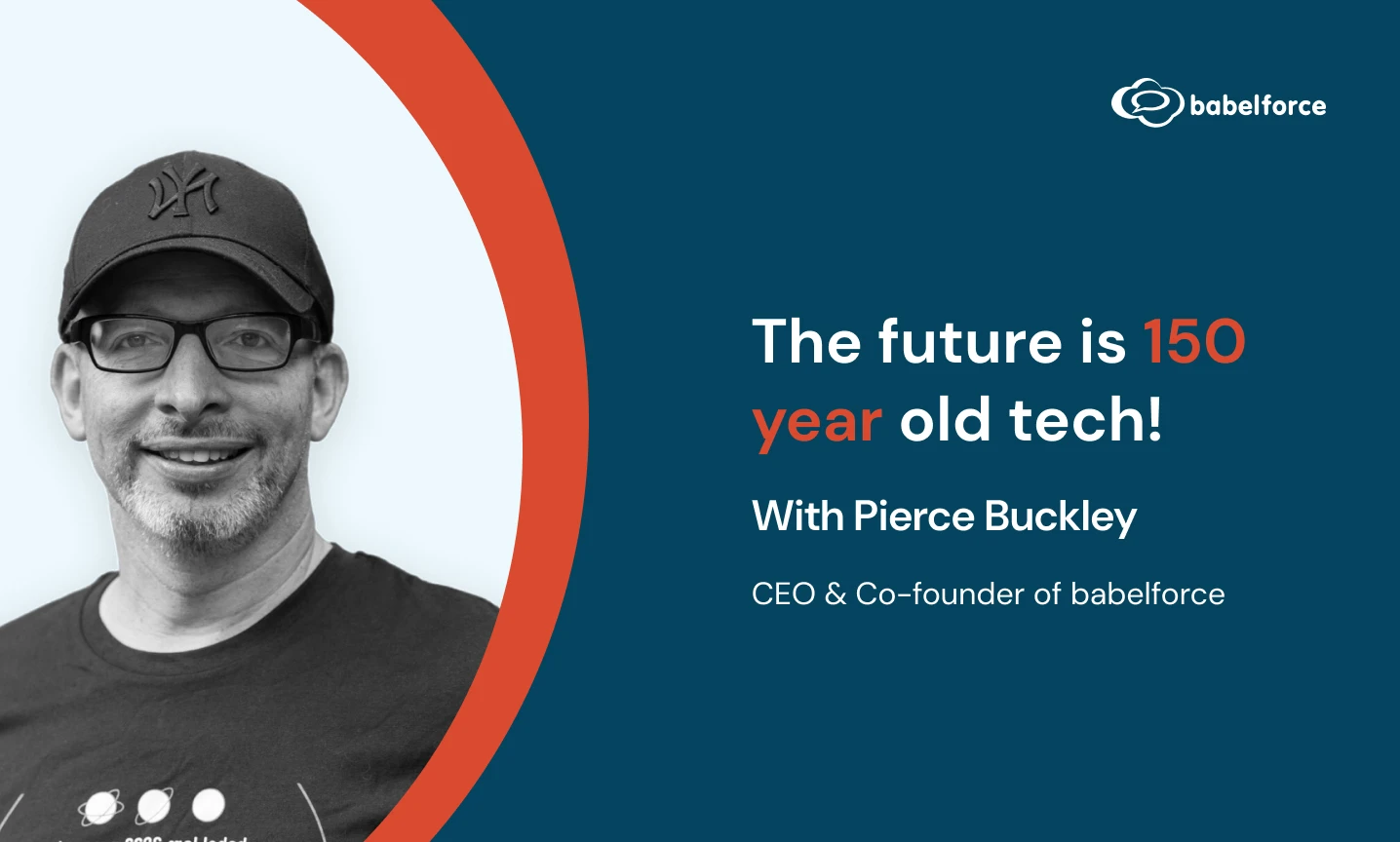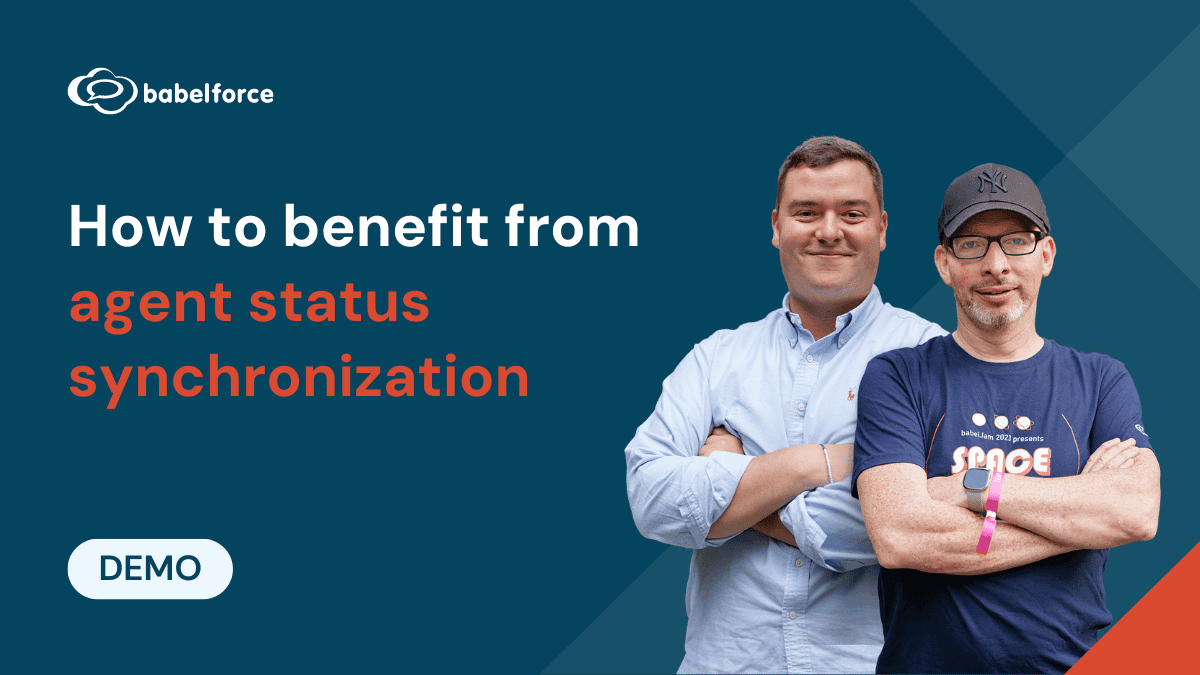Play Video
Handling callbacks
In comedy a “callback” is a reference to something that was mentioned earlier in the set. The callbacks we deal with are very different. But in the video we do both.
We’re talking about using callbacks as a great way to spread the load of inbound calls.
Working in the contact center, the hardest inbound peak to deal with is when you have a lot of calls arriving fast.
Automating as many calls as possible is crucial, but today we’re looking at all those that do need an agent to be solved properly.
Handling these calls by deploying callbacks enables you to:
🚀 Positively impact the bottom line of your business in dramatic ways
🚀 Reduce peaks and have a lower demand for agents
🚀 Satisfy your customers because of reduced wait times
🚀 Better utilize your agents in the off peak hours which gives you more output without higher costs
🚀 Have a basis to allow prioritization of calls that impact your revenue (retention, sales, upselling, onboarding, VIP care)
If you take all of these benefits together then you have a pretty dramatic business case for doing callbacks as well as a way to deal with the deluge of calls during a peak.
We also note how data is integrated to link up callbacks with tickets in Zendesk. This ability to link every system and important piece of data together is a crucial part of the value achieved from doing callbacks.
Watch the video to get a sneak peek at how dynamic callbacks work.
We’re talking about using callbacks as a great way to spread the load of inbound calls.
Working in the contact center, the hardest inbound peak to deal with is when you have a lot of calls arriving fast.
Automating as many calls as possible is crucial, but today we’re looking at all those that do need an agent to be solved properly.
Handling these calls by deploying callbacks enables you to:
🚀 Positively impact the bottom line of your business in dramatic ways
🚀 Reduce peaks and have a lower demand for agents
🚀 Satisfy your customers because of reduced wait times
🚀 Better utilize your agents in the off peak hours which gives you more output without higher costs
🚀 Have a basis to allow prioritization of calls that impact your revenue (retention, sales, upselling, onboarding, VIP care)
If you take all of these benefits together then you have a pretty dramatic business case for doing callbacks as well as a way to deal with the deluge of calls during a peak.
We also note how data is integrated to link up callbacks with tickets in Zendesk. This ability to link every system and important piece of data together is a crucial part of the value achieved from doing callbacks.
Watch the video to get a sneak peek at how dynamic callbacks work.




